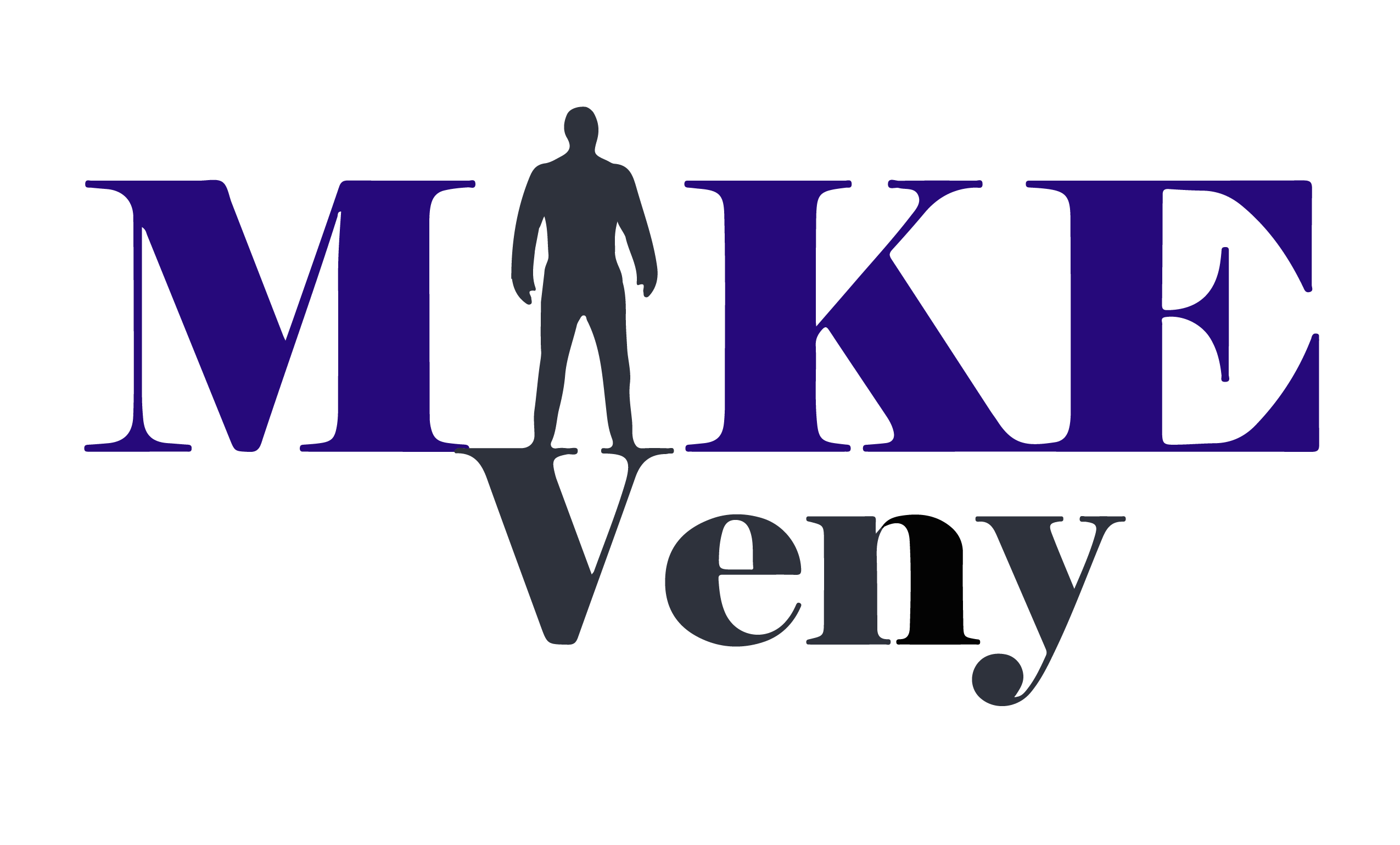
Another year has come and gone, and we are all starting to shift our focus to 2023. The workforce has seen tremendous shifts, pivots, and challenges throughout the last several years, which has led us to where we are today. As we prepare for the new year to arrive, it’s essential that companies and HR departments turn their focus toward their workplace wellness initiatives.
Below I will share some of the growing and emerging trends that I see coming in 2023.
The history of workplace wellness trends
Employee wellness is a growing trend, but it’s not new by any means. In fact, a man named Robert Owen created the slogan “eight hours labor, eight hours recreation, eight hours rest” back in 1817. He is believed to be one of the first individuals to advocate for employee well-being when many worked 10-12 hour days, if not longer.
However, Henry Ford is famously known for implementing the 40-hour workweek. His research found that working longer hours didn’t produce results at the same rate. And so began the traditional work week that many companies are still following. And I know there is a lot more that goes into those stories, but the interesting thing is times have changed a lot since Henry Ford put this model in place, yet our work week looks very much the same.
Except our modern-day technology has created a scenario where it’s hard for employees to leave work. Even when you leave the building, you are still likely connected to work through email, social media, and your cell phone. Employee wellness is in the spotlight once again, with new people stepping into the role of Robert Owen to help address our current-day work-life balance challenges.
Emerging workplace wellness trends for 2023
As we move further out from the pandemic, we continue to see its results on our workforce and the importance of wellness initiatives going forward. Here are several of the workplace wellness trends we believe will be relevant in impacting 2023.
Wellness Software and Apps
Apps are the next level of a workplace wellness program that makes information easily accessible for everyone. There are two routes companies can take to incorporate wellness software into their wellness program. They can choose to provide employees with access to existing apps or create an app specifically for their organization’s wellness program.
Existing apps. If you are a small business with a limited budget for a wellness program, using existing apps may be the most cost-effective. There are plenty of mental health and wellness apps on the market that you can provide for your employees, including:
- Calm – Guided meditation and sleep app
- Headspace – Guided mediation and sleep app
- GoodRx – Prescription discount app
- ClassPass – Provides access to thousands of gyms, fitness studios, and classes
- Noom – Weight loss program based on a psychological approach
- Sleep Cycle – App to help improve the sleep cycle
- Streaks – To-do list app to help form good habits
- Yoga Studio – Provides 200+ instructional yoga videos
There are existing apps for everything, including mindfulness, meditation, medication, fitness, nutrition, and more. Consider asking your employees what types of apps they would be interested in before choosing on your own what you think they might like. Providing access to an app will not benefit your team unless they use it, so get their honest opinions.
Workplace wellness program app. If you are a large corporation with an entire wellness program in place, make 2023 the year you provide your employees with an app to easily access the resources available to them. You will want to work with someone experienced in building wellness apps to ensure all your bases are covered, such as ensuring the app is HIPAA compliant.
In addition, if you’re having an app created, make sure it works with wearable technology to keep up with current trends. You want to provide access to the program in a way your employees can easily utilize it.
Employee Financial Literacy Programs
Part of helping employees with wellness is helping them learn how to manage stress in a healthy way. Unfortunately, a 2022 study found that employees are more stressed about their finances today than they were during the pandemic. In addition, employees are spending a quarter of their work hours worried about money.
Those numbers make it easy to see that it’s time for employers to help their employees address the stress they face around finances. While providing higher salaries seems like a simple solution, it’s unrealistic for most businesses and doesn’t ultimately address the root of the problem.
On the other hand, employee financial literacy programs can teach employees to create budgets and financial plans that work for their lives and finances. This can help them organize their finances and have peace around their money, which translates to less stress. When finances aren’t constantly weighing on their minds, workplace productivity can improve.
Personalized workplace wellness programs
Employees don’t want the generic, blanket wellness solutions of the past. And they don’t want to be placed in a wellness box determined by the HR department. Current trends show that personalized wellness programs will be the demand going forward.
Employees want solutions customized to their specific needs, from their health insurance plans to the wellness app options provided. Therefore, it will be critical going forward for HR professionals to gain a greater level of understanding of the personalized needs of their employees.
With large corporations, a one-size-fits-all program is unrealistic. Instead, companies can focus on providing multiple options for employees to choose what fits them the best. Focus on diversifying the wellness options provided.
Online therapy and telehealth
Telehealth and online therapy gained a lot of attention in 2020 when in-person appointments weren’t an option for everyone; however, it’s a trend that is continuing to grow. Even though we have the option to attend these meetings in person, many people learned that they preferred attending these appointments from the comfort of their homes.
People feeling ill would rather talk to a doctor from the comfort of their bed than get dressed for a doctor’s appointment and when speaking with a therapist about deeply personal matters, many prefer the option of not sitting face-to-face with a stranger. This new level of comfort provided by online therapy is helping more people feel comfortable trying therapy for the first time.
Access to online therapy options also provides a new way for companies to offer access to mental health services for free to their employees. However, it is important to note that some physical and mental health challenges are best addressed in person and online therapy may not be an option.
However, many will be able to benefit from the continued expansion of telehealth services.
Prevention first
It’s always easier to address a situation before it becomes a problem. Now that workplace mental health and wellness have gained global attention, it’s time for employers to shift to preventative measures. It’s important for HR to focus on strategies that will help prevent employees from experiencing things like burnout and mental health challenges.
It’s important for HR professionals and managers to:
- Know how to explain the benefits of mental health initiatives in the workplace
- Talk about mental health in the workplace
- Identify ways to cultivate a workplace culture that supports communication about mental health
- Identify the signs and symptoms of mental health concerns in employees
- Understand best practices for having conversations with employees about mental health
Spending the time and effort on these preventive measures can help avoid larger wellness challenges down the road. Focusing on this type of training also helps your HR department and managers feel confident in their ability to address challenges with employees.
Training option. The Connectivity & Conversations course is an online self-paced course (that provides CEUs) to help human resource professionals and managers feel prepared and confident when faced with an employee who may be experiencing a mental health concern. Get started today.
Flexible work schedules
The 40-hour workweek has become an outdated concept. As we move into 2023, more companies will begin exploring flexible schedules for employees.
Work-life balance is a growing concern for employees, and the increased use of technology in business is continuing to exacerbate the problem. Employees feel the need to be accessible at all hours and check email even when not on the clock. Providing flexible work schedules is one-way employers can help employees find more of the balance they need.
There are many employees whose tasks do not require them to be completed within a certain time frame of the day, allowing them the flexibility to adjust their schedules as needed.
There is no right or wrong for how a flexible work schedule looks. Several options companies are exploring include 4-day workweeks, shifting schedules, flex time, and workshare programs. Exploring these options to help your employees can help build loyalty and increase employee retention rates.
Stress management training
The stress management trend aligns nicely with a few of the other trends listed above. Stress is a growing problem in the workplace, and while stress in life may be unavoidable at times, it doesn’t need to be at the level it is today.
One study found that 81% of employees claim their work is negatively impacted due to stress, and many have missed work as a result. Thankfully, there are many ways that employers can step in and help employees learn to manage stress better.
- Provide access to a guided meditation app
- Provide access to online therapy with a focus on stress management techniques
- Bring in a speaker that teaches stress management strategies and solutions
- Create a quiet space for employees to meditate or reflect throughout the day
In addition to providing stress management training, it’s important employers evaluate current roles and responsibilities to ensure stress is not due to unrealistic work expectations. Many employees were forced to take on additional tasks throughout the employee shortage. If your team is filling out again, it’s important to reevaluate employee workload.
The importance of viewing employees as people
With the unstable economy and rising inflation, employees are once again looking for job stability. The allure of the Great Resignation has quickly faded, and employees are stressed trying to make sure they have landed in a company that will provide them the loyalty they are looking for.
The common theme running throughout many of the business trends for 2023 is the importance of caring for the people who make up your company. They are not simply names on your payroll; they are people with strengths, weaknesses, fears, and all the other emotions. They come with past experiences—good and bad. Many have families they are trying to provide for and care for. And all of them are people with dreams and goals for their lives.
As their employer, you have the opportunity to come alongside them and collaborate with them on creating a workplace culture that allows the individuals working within it to thrive as the company thrives. When you take care of your employees, they are better equipped to help care for the business.
Employee wellness is one of the only true win-win scenarios that exist in the workplace. How are you going to embrace it in 2023?



